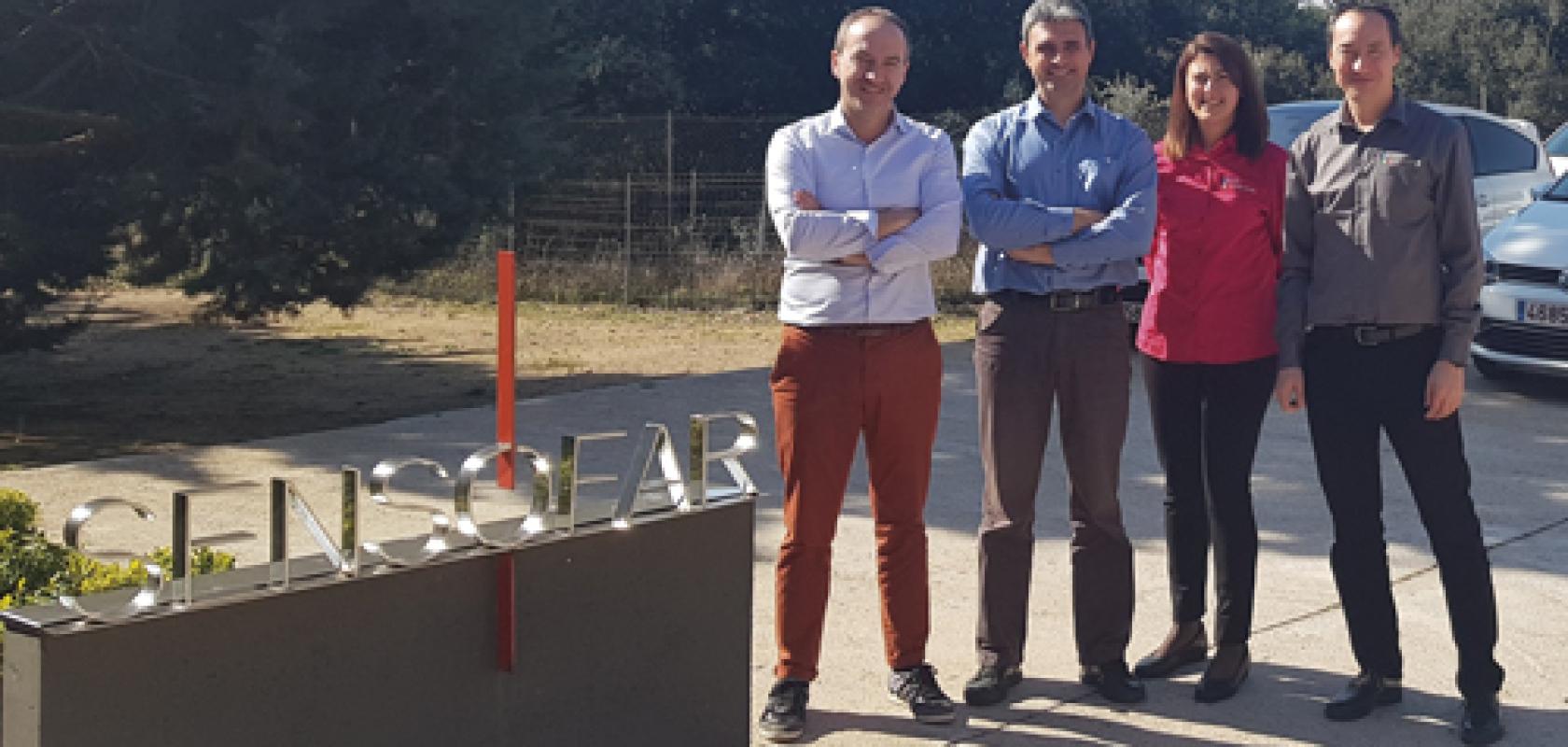Jose Pozo, CTO at EPIC, talks with Roger Artigas, co-founder, president and CTO of Sensofar Metrology – a designer and manufacturer of 3D surface metrology instruments
Can you tell us about your early career?
With a love for astronomy from an early age, in 1992, I went to the Autonomous University of Barcelona to study a BSc/MSc in Physics. I then undertook a PhD in optical engineering at the Polytechnic University of Catalunya.
My original intention was to pursue my passion for astrophotography, but lacking the necessary equipment, I was persuaded by my PhD supervisor Ferran Laguarta to work on a microscopy project involving three-dimensional optical metrology. Over the following three years, I had the time to combine my knowledge of programming, electronics and optics to come up with ground-breaking prototypes for 3D optical profiling using confocal, interferometry and focus variation techniques.
How was Sensofar Metrology created?
Although my research group knew they had created something unique, it was only after an encounter with a German distributor of optical equipment, which saw the market potential for our prototypes, that we began to explore commercialising the technology. We soon realised that, while there were other kinds of three-dimensional optical metrology instruments such as interferometers on the market, there was a huge unmet demand for new technologies that could measure a wider range of surfaces faster and with higher resolution. So, in 2001, Ferran Laguarta and myself co-founded Sensofar Metrology, with the mission of developing, manufacturing and marketing high-end 3D surface metrology instruments.
What about building the team and growing the company?
Right at the start, we took the important decision to bring in outside professionals to take care of the business side so we could focus on the technology. Accordingly, the first addition to the team was a general manager. It was the best thing we did because it allowed us to focus on the science and not have to worry about marketing and finance.
Since 2001, the workforce has grown to 50 with an annual turnover of €10 million and sales offices in Germany, the US and China. There have been two main milestones in the company’s development. The first was the expansion into the Asian market in 2007. Until this time, we had sold single units to customers mainly in Europe and the US. But with a bigger market in Asia, we found repeat customers for larger orders, which required a fast ramp-up.
The second significant event was splitting the company into two separate entities, one focusing on industry and the other on the medical market. We did this, firstly, to avoid any negative repercussions on our core metrology business from possible liability and regulatory issues related to medical devices, and secondly, because marketing and distribution in the medical sector rely far more on individual and workshop contact between the manufacturer and end-user.
For the future, although growth for the desktop 3D equipment is forecast to continue at around three to five per cent per year, we experience an increased demand from smaller OEMs for integrable sensor heads, for example for tooling, and this is likely to be a growth area.
You develop mainly hardware equipment, but what is the role of software?
From the very beginning, we positioned ourselves as a three-in-one solution provider, i.e. to provide high-performance 3D optical profilers combining the three techniques of confocal, interferometry and focus variation on the same sensor head without any moving parts. This has continued to be a key USP. Sensofar currently produces a range of 3D optical surface profilers for both the medical and industrial markets. But software has always been crucial because software development takes up around 75 per cent of research time in product development. While the optics, electrical and mechanical engineering are complex, it only needs to be done once, whereas once a product goes into production, the software is continually evolving.
What advice do you have for the next generation of entrepreneurs?
My humble advice to future entrepreneurs would be: firstly, to start up a company you need to be passionate about your technology – get people in from outside who have the skills to develop the business side. Secondly, respect the knowledge of others and listen to your customers to find collaborative solutions. Lastly, don’t try to expand into the Asian market without partnering with a local distributor. You won’t be able to do it on your own. To be successful, you’ll need someone who has the contacts, knows the language and the business culture enough to establish good relationships with customers.


